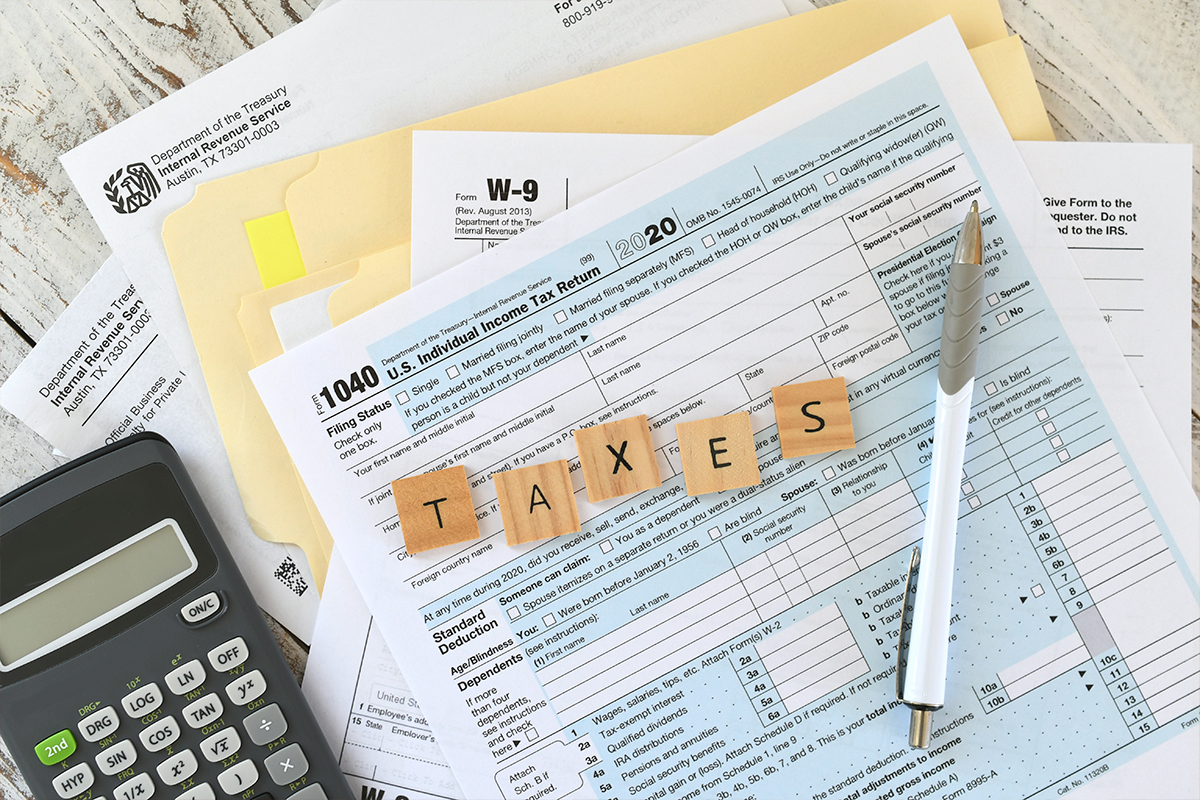How to Save on Tax Payments
Saving on tax payments is a common concern for many people, as it can free up financial resources for other purposes, such as investments, savings, or simply enjoying a better lifestyle. With some planning and knowledge, it is possible to significantly reduce the tax burden in a legal and effective manner. In this article, we will explore how to save on tax payments through various strategies that can be applied at both personal and business levels.
One of the most effective ways to save on tax payments is by taking advantage of available tax deductions. Deductions reduce the amount of income on which the tax is calculated, which can decrease the total amount owed. It is important to be aware of the available deductions, such as those related to medical expenses, mortgage interest, charitable donations, and educational expenses. Keeping a detailed record of these expenses and presenting the appropriate documentation can maximize deductions and reduce the tax bill.
Another key aspect of saving on tax payments is tax planning. This involves making financial decisions in advance that can influence the amount of taxes to be paid. For example, the timing of certain transactions, such as selling assets, can significantly affect the tax burden. It is also important to consider the tax implications of different types of income, such as wages, investment income, and capital gains. Consulting with a tax advisor can provide specific and personalized guidance to maximize tax savings.
Contributing to tax-advantaged savings accounts is another effective strategy. Retirement accounts, such as 401(k) plans and IRAs, allow for tax-deferred contributions and earnings until retirement. This not only reduces the amount of income subject to current taxes but can also benefit from lower tax rates in the future. Similarly, education savings accounts, such as 529 plans, offer significant tax advantages for saving for future educational costs.
Business structure can also influence the tax burden. Small business owners and self-employed individuals can benefit from different business structures that offer specific tax advantages. For example, an S corporation allows profits to pass directly to shareholders, avoiding the double taxation that occurs with traditional corporations. Evaluating and possibly restructuring the way the business operates can result in substantial tax savings.
Investing in real estate can offer opportunities to save on tax payments. Property owners can deduct mortgage interest and property taxes, as well as depreciate the value of properties over time. Additionally, certain expenses related to the management and maintenance of properties can be deductible. These deductions and benefits can significantly reduce the tax burden associated with owning and managing real estate.
Staying aware of changes in tax laws and adapting to them is essential for maximizing tax savings. Tax laws can change frequently, and what applies in one year may not apply in the next. Staying informed and adjusting tax strategies accordingly can help take advantage of new savings opportunities and avoid unpleasant surprises when filing tax returns.
How to save on tax payments involves a combination of taking advantage of deductions, tax planning, contributing to tax-advantaged accounts, choosing appropriate business structures, investing in real estate, and staying informed about changes in tax laws. By applying these strategies, it is possible to significantly reduce the tax burden and free up financial resources for other important purposes.

